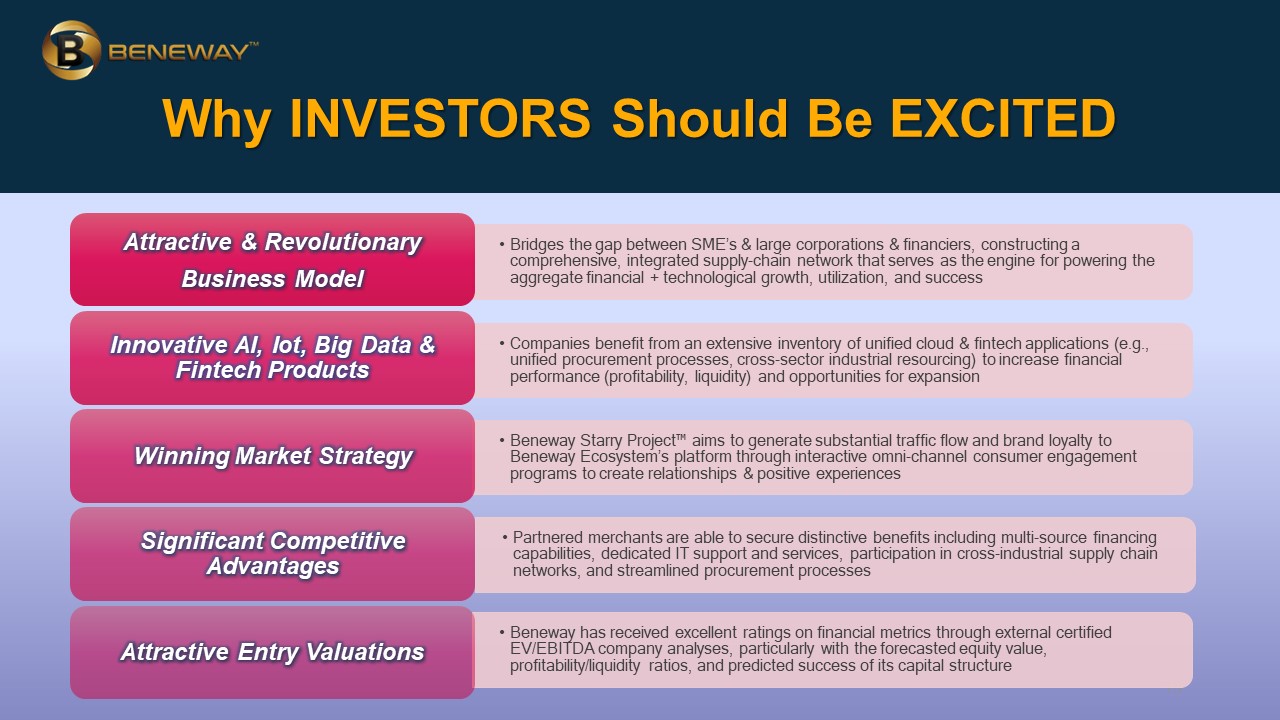
Stay updated with the latest happenings in our stores, new product releases, and exclusive offers.

The SUIC Worldwide Holdings Company provides research and development, venture financing for and investing in private enterprises and the public sector that develop products and services adopting core capabilities of the IoT, Big Data, AI, Fintech and Blockchain, to enhance and streamline existing processes, and establish new and exciting business models that will create revolutionary products and services. Shareholders of SUIC will be exposed to the diverse application of advanced services in various parts of the economy. Additionally, existing and potential customers can benefit from this company’s diversified portfolio of technologies. As one of the pioneering publicly traded technology companies, SUIC will help build tech-enabled businesses of the future.
